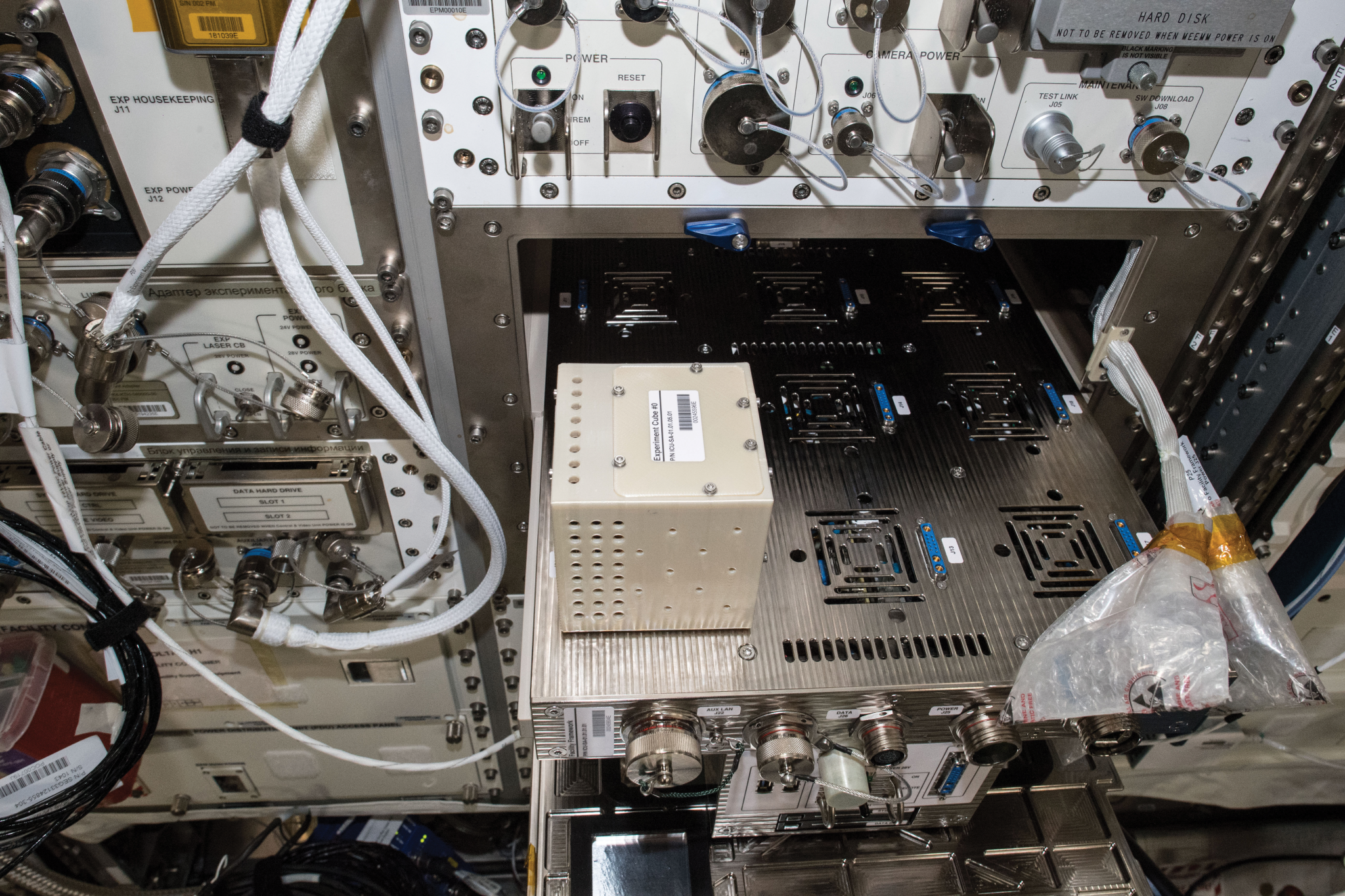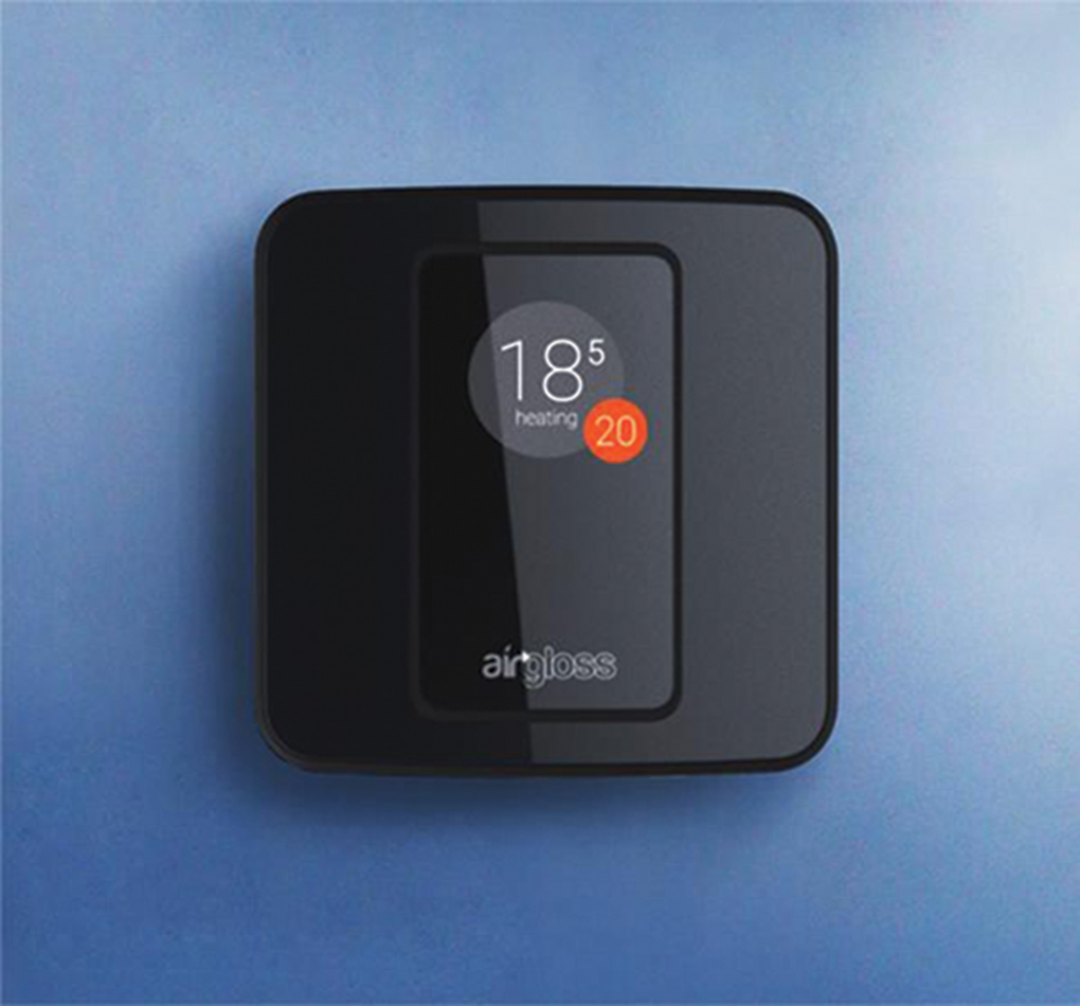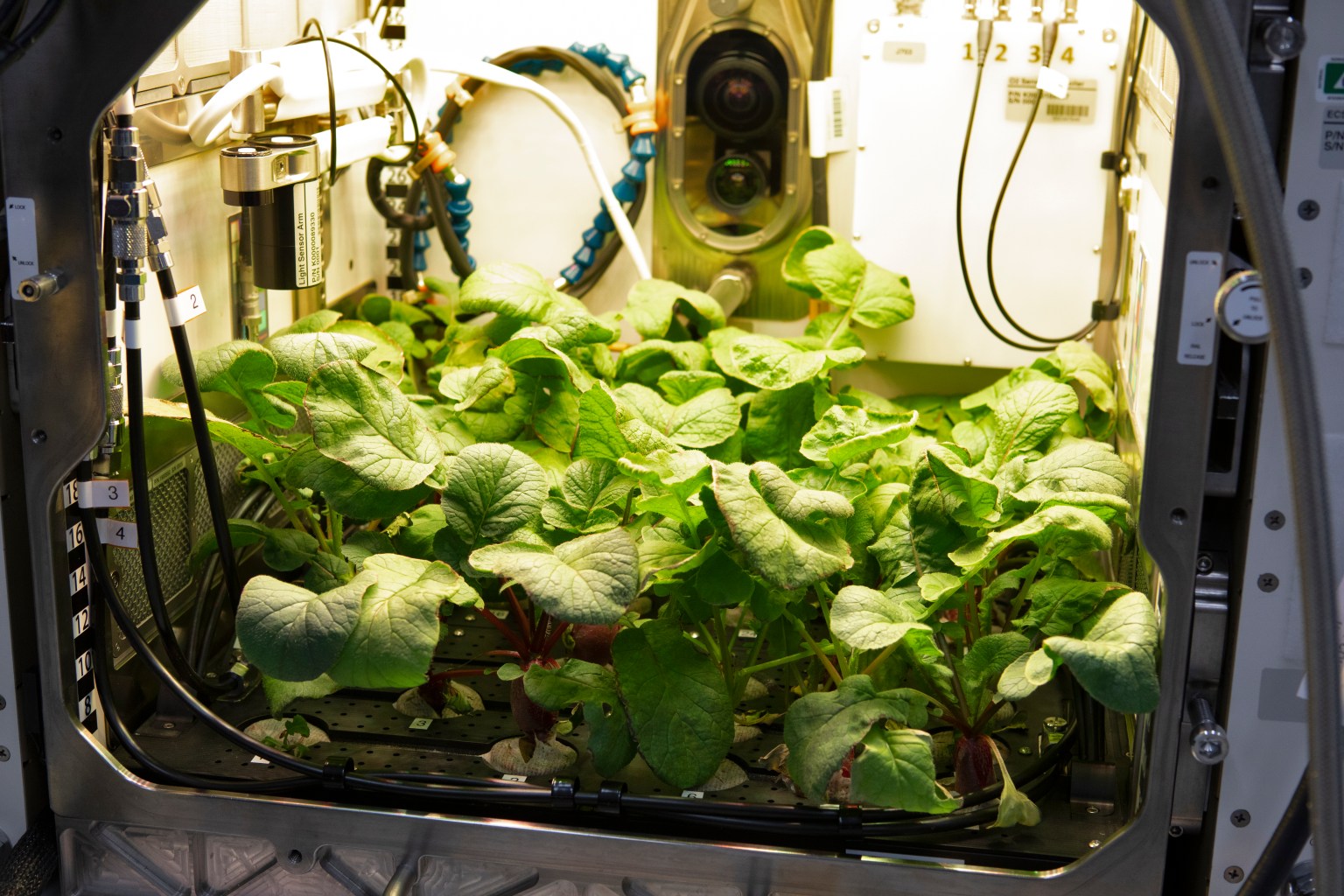Through isolation, astronauts are well protected from infection while aboard the International Space Station. However, COVID-19 still affected station research activities. In addition to conducting studies aimed at ensuring the safety of the crew, researchers used the microgravity lab to contribute to the fight against the virus.
One experiment launched to the space station in December 2020 examined the efficiency of remdesivir, an intravenous antiviral drug currently approved by the Food and Drug Administration (FDA) for the treatment of COVID-19 in hospitalized patients. Using a commercially owned and operated research facility, Europe’s International Commercial Experiment Cubes (ICE Cubes), researchers from ESA (European Space Agency) tested the drug’s behavior in microgravity with the goal of increasing its efficiency. Scientists studied the physical and chemical behaviors of the drug and how it interacts with a delivery substance, cyclodextrin, that makes remdesivir soluble in water. Soluble drugs can be dissolved into a solution and administered via IV and, once administered, move more easily through the patient’s bloodstream.
Studying the interactions between remdesivir and cyclodextrin in microgravity could allow researchers to enhance the ratio of the drug to cyclodextrin. Decreasing the amount of cyclodextrin in the IV bag reduces the risk to coronavirus-infected patients with pre-existing kidney problems.
Scientists leading another experiment already scheduled to be conducted aboard the station as the COVID-19 pandemic began expanded their analysis to contribute to COVID-19 research. Antimicrobial Coatings studied how effectively certain antimicrobial coatings could limit the growth and spread of pathogenic microbes on frequently touched surfaces. The study tested the coating on several materials representing high-touch surfaces in aircraft and spacecraft, such as tray tables, seat fabric, and belt buckles.
During a 6-month period, crew members touched the samples every few days to encourage microbial growth. At the end of the experiment, the samples returned to a lab on Earth for analysis. This research was originally intended for use on space missions, but as the COVID-19 virus spread, scientists adapted the research to also test effectiveness in preventing the spread of viruses on surfaces as well.
Additionally, several companies have demonstrated that their air-quality technologies developed for the space station could reduce the spread of COVID-19. A technology tested for detecting contaminants on the space station went on to be included in an air sensor used on Earth to generate a virus propagation risk index in shared spaces, letting people know to reduce crowding or take other steps to limit risk.


































